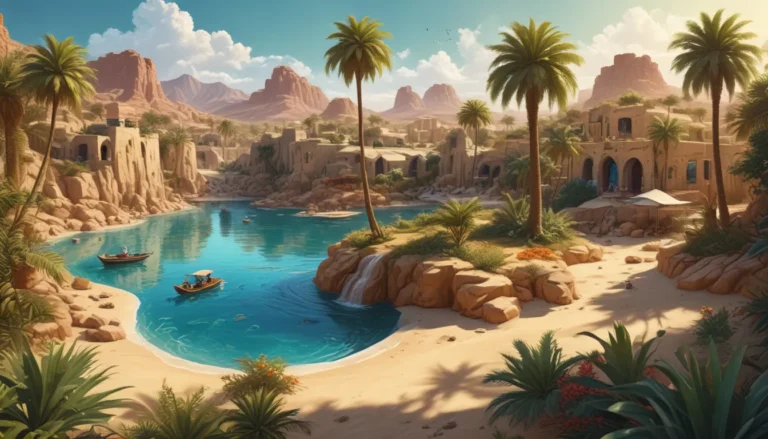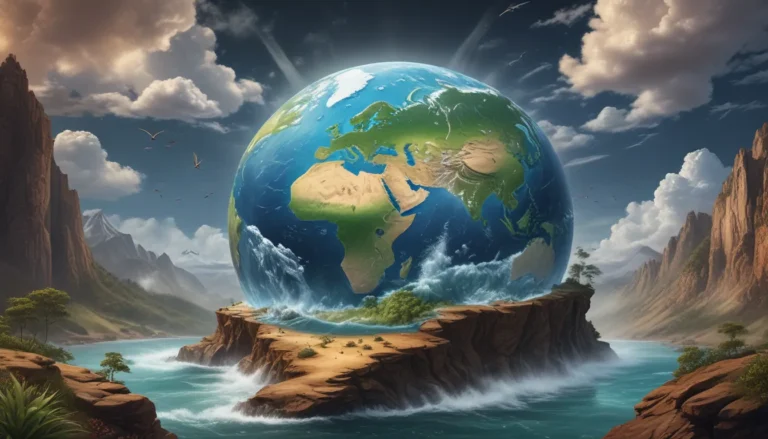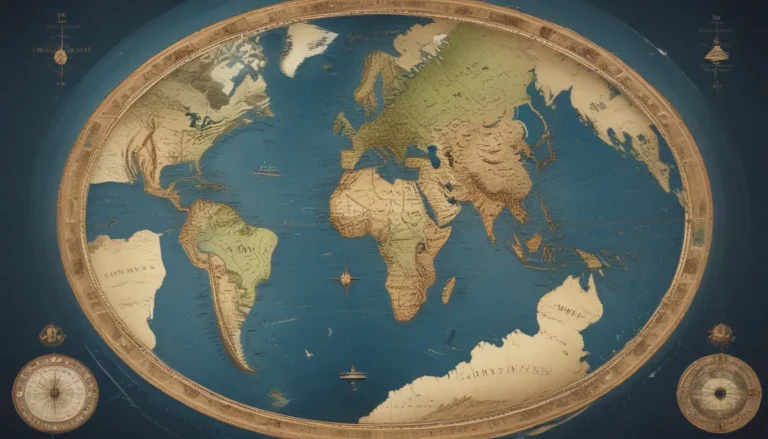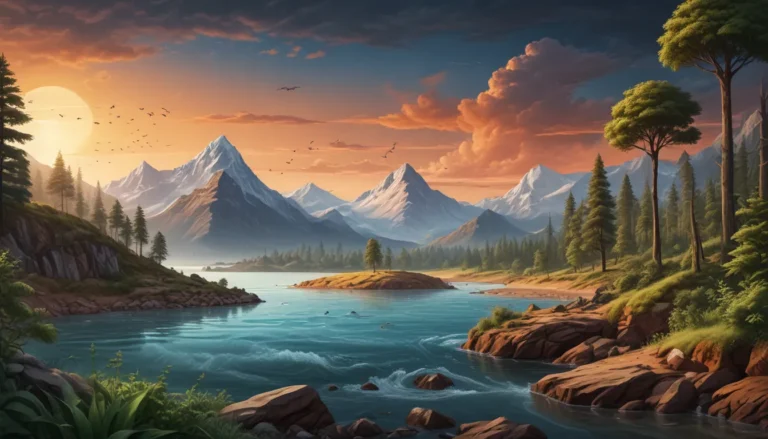A Note About Images: The images used in our articles are for illustration purposes only and may not exactly match the content. They are meant to engage readers, but the text should be relied upon for accurate information.
Welcome to the awe-inspiring world of ecosystems, where nature’s intricate balance sustains life on Earth in the most remarkable ways. Each ecosystem, from rainforests to deserts, is a unique tapestry of living organisms interacting with each other and their environment. Join us as we uncover 18 astonishing facts that showcase the complexity and importance of these natural systems.
Unveiling Nature’s Marvels
- The Amazon Rainforest: Spanning over 5.5 million square kilometers, the Amazon Rainforest harbors 10% of the world’s known species.
- The Great Barrier Reef: Stretching over 2,300 kilometers, this living structure is composed of coral polyps, forming a vibrant underwater world.
- The Sahara Desert: Covering more than 9 million square kilometers, the Sahara Desert is the largest hot desert on Earth.
- The Himalayas: Home to Mount Everest, the highest peak at 8,848 meters above sea level, the Himalayas are a testament to nature’s grandeur.
- The Amazon River: Discharging more water than any other river, the Amazon River flows through South America, sustaining a rich ecosystem.
- The Dead Sea: Situated 430 meters below sea level, the Dead Sea is the lowest point on Earth.
- The Galapagos Islands: Inspired Charles Darwin’s theory of evolution with its unique biodiversity and wildlife.
- The Serengeti: Witness the largest mammal migration as millions of animals traverse this iconic African savannah.
- The Great Lakes: Holding 20% of the world’s fresh surface water, the Great Lakes are a vital resource for the region.
- The Grand Canyon: Carved by the Colorado River, this geological marvel is a testament to nature’s artistic prowess.
Nature’s Phenomena Unveiled
- Marvels of the Great Barrier Reef: Visible from space, the Great Barrier Reef is a kaleidoscope of colors teeming with over 1,500 species of fish.
- Oxygen Oasis of the Amazon: Producing 20% of the world’s oxygen, the Amazon Rainforest plays a crucial role in sustaining life on Earth.
- Safari in the Serengeti: Experience the iconic wildlife of the African savannah, including lions, elephants, and zebras.
- Majesty of the Himalayas: Explore the towering peaks and breathtaking landscapes of the Himalayan mountain range.
- The Dead Sea Mystery: Discover the unique properties of the Dead Sea, with its surface level below sea level.
- The Great Lakes Connection: Serving as a major transportation route, the Great Lakes facilitate trade and commerce between the US and Canada.
- The Amazon’s Watery Domain: With the largest drainage basin in the world, the Amazon River covers an impressive 7 million square kilometers.
- Saharan Extremes: Experience the Sahara Desert’s extreme temperature variations, from scorching highs to near-freezing nights.
Understanding the Significance of Ecosystems
Ecosystems are not just geographical features; they are intricate systems that support life on Earth in myriad ways. From regulating climate to cycling nutrients, ecosystems provide invaluable services that are essential for our survival. By protecting and preserving these natural systems, we can ensure a healthy planet for future generations.
FAQs: Delving Deeper into Ecosystems
-
What is an ecosystem?
An ecosystem is a community of living organisms interacting with their physical environment, creating a functional unit that supports life. -
How many types of ecosystems are there?
There are various types of ecosystems, including terrestrial, aquatic, and artificial ecosystems, each with its own unique characteristics. -
Why are ecosystems important?
Ecosystems play a vital role in maintaining biodiversity, regulating climate, and providing essential services like clean air and water. -
What is the role of humans in ecosystems?
Humans have a significant impact on ecosystems through their actions, emphasizing the importance of sustainable practices and conservation efforts. -
How can we protect ecosystems?
We can protect ecosystems by supporting conservation initiatives, practicing sustainability, reducing pollution, and advocating for environmental policies.
Embracing Nature’s Bounty
As we delve into the astonishing world of ecosystems, we gain a deeper appreciation for the wonders of nature and the interconnectedness of all life forms. Let us continue to explore, protect, and cherish these invaluable natural systems that enrich our planet and sustain life as we know it. By working together to safeguard ecosystems, we can ensure a harmonious coexistence with the environment and secure a thriving future for generations to come.






